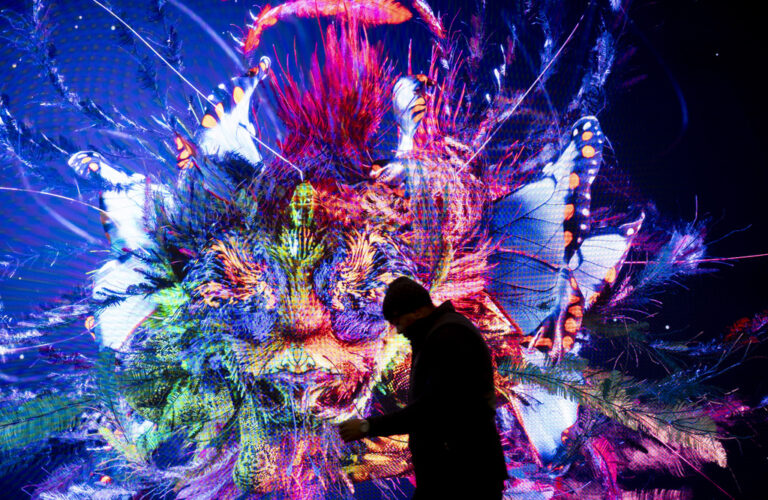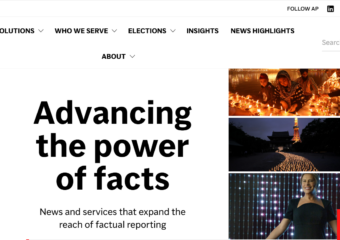AI Strategy
The Associated Press is at the forefront of leveraging artificial intelligence to shape the future of news. At AP, we’re exploring with AI to see how the technology might streamline news production and enhance editorial efficiency.
AP looks for ways to carefully deploy artificial intelligence in areas where we can be more efficient and effective, including news gathering, the production process and how we distribute news to our customers. Scroll to discover some of the use cases of AI at AP.








